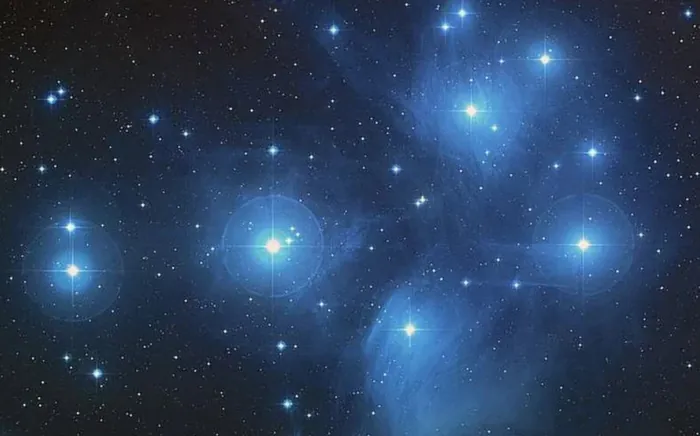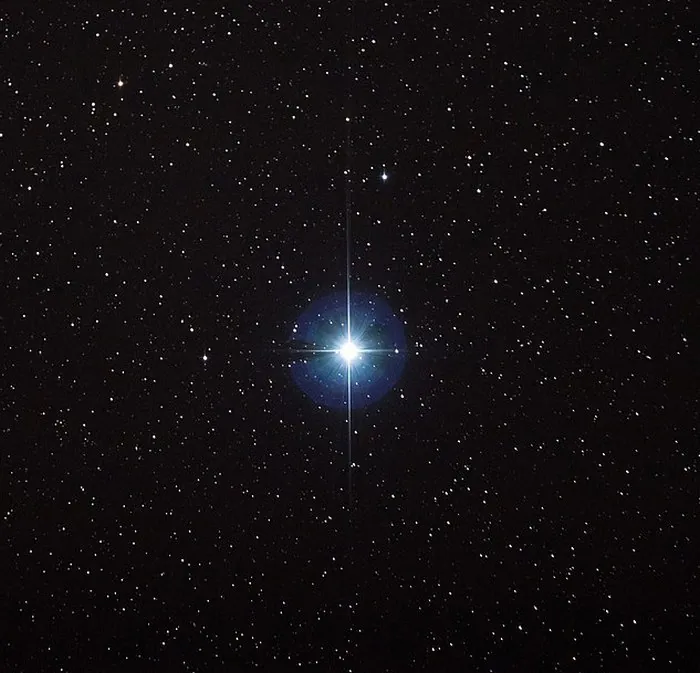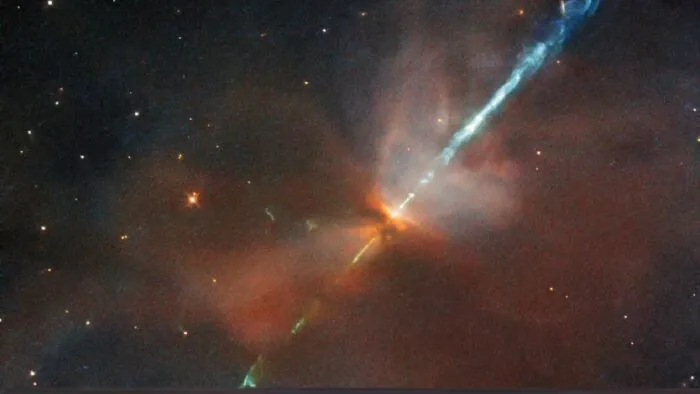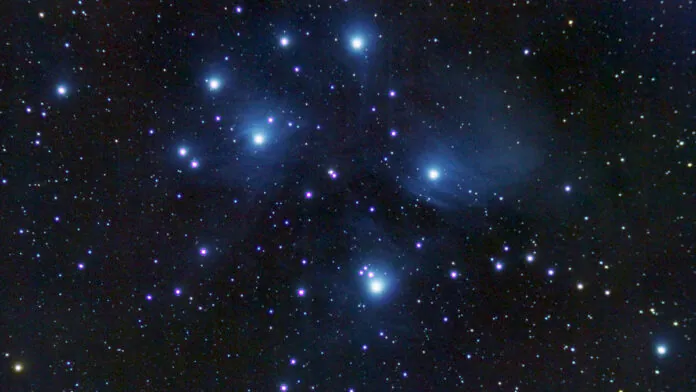© ROOT-NATION.com - Use of content is permitted with a backlink.
Among the countless number of stars that sparkle in the vastness of space, some are so old that they survived the dawn of the universe, and others are so young that even the most powerful telescopes on Earth could not observe them. But is it possible to find out which star is the youngest and which is the oldest?
The youngest star in our universe is difficult to determine because stars are born all the time, but there are several candidates that we know about. However, scientists have known about the oldest known star – named Methuselah – for decades.
Stars are born deep within vast clouds of dust and gas known as nebulae. According to NASA, some clumps of gas in the nebula are weighed down with so much material that their own gravity causes them to collapse (because more mass means more gravity), and the intense gravitational pull at the center of the collapsing cloud causes the gas — mostly hydrogen — to pile up into the matter, which becomes a protostar. These stellar cores begin to fuse hydrogen nuclei into helium and emit energy. A star cannot be called a star until it emits the energy that makes it so incredibly bright.

Astronomer Ruobing Dong, an assistant professor in the Department of Physics & Astronomy at the University of Victoria in Canada, observed these newborn stars. He led the 2022 study, published in the journal Nature Astronomy, of a binary protostar system believed to be only about a million years old. Dong and his colleagues were able to determine the approximate age of some of these stellar embryos. They often throw tantrums, otherwise known as accretion outbursts.
“When the stars undergo accretion outbursts, they become hotter and much more luminous,” Dong told in an email. “The material around them is heated up. Ice in the protoplanetary disk may evaporate, and some chemical reactions in the disk may be triggered because the material is heated up.”
Also interesting:
As young stars are still accreting material, they eject huge jets of gas, or gaseous outflows, from both ends as a result. This means they are still gaining mass. Because outflows decrease with age, the amount of gas ejected helps astronomers estimate a star’s age. More gas means a younger one.
Meanwhile, estimates of the age of HD 140283, a star known as Methuselah, have been controversial. According to preliminary estimates made on the basis of observations in 2000, according to NASA, its age is 16 billion years. This would make it older than the universe, which is about 13.8 billion years old. Astronomers immediately assumed that an error had been made in calculating the age of this star. If this is not the case, it raises the possibility that the universe began eons earlier than previously thought.

To get to the bottom of the matter, astronomers used the Hubble Space Telescope to re-determine Methuselah’s age in 2013 and got an estimate of 14.5 billion years, based on its brightness and its distance from Earth, which is about 190 light years. This makes it only slightly older than space, although there is an error in the age estimate.
Methuselah is a subgiant star that is brighter than most stars, but still not as bright as giant stars, which are so massive that their size appears abnormal for their temperature and mass, Howard Bond, an astronomer emeritus at the Space Telescope Science Institute, said in an email. Subgiants are also redder than giants. Stars release energy by burning hydrogen in their cores and turning it into helium through nuclear fusion. Massive stars reach the subgiant phase when they begin to deplete their hydrogen reserves. During this phase of a star’s life, its brightness, or luminosity, becomes a great way to estimate its age. The fainter subgiant stars are older.

Methuselah has a reddish color and has slowly dimmed over billions of years, although its relatively close proximity to Earth means that it doesn’t appear too dim to us and can be seen with the right binoculars. Compared to it, the Sun has hardly lived. Our star is just under 5 billion years old and is expected to live another 5 billion years or so before it cools and swells so far into the solar system that it swallows up the planets orbiting it, including Earth.
You can also help Ukraine fight with Russian occupants via Savelife or via an official page of the National Bank of Ukraine.
Recommended reading:
- Hubble Spotted a Pair of Gerbig-Aro Objects in the Orion Constellation
- Large Hadron Collider helped find a new way to measure quark mass


